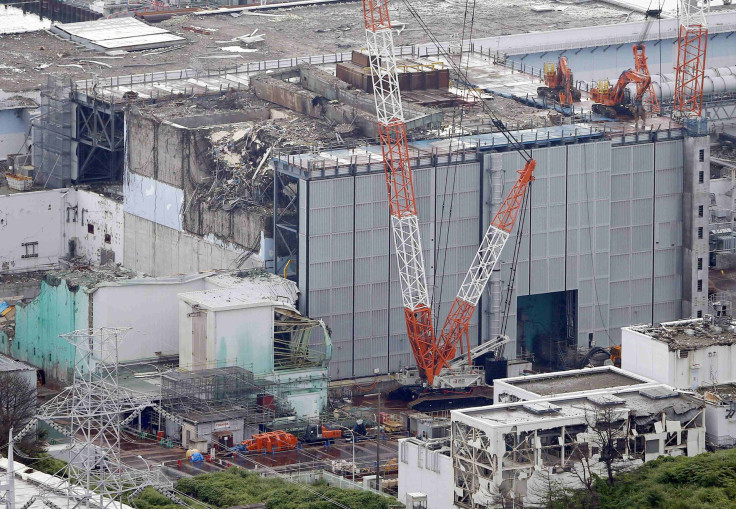Japanese Government To Support Tepco's Efforts To Contain Fukushima Contaminated Water Leak

Japan’s government is examining ways to assist in containing the radioactive water that is leaking into the Pacific Ocean from the damaged Fukushima nuclear power plant, as concerns escalated after the country’s nuclear watchdog and government officials described the situation as “serious” and “an emergency.”
The buildup of radioactive water at the plant has become a serious problem, and Prime Minister Shinzo Abe will order the Ministry of Economy, Trade and Industry to take significant measures to support Tokyo Electric Power Company (Tepco) to contain contamination, Yoshihide Suga, chief cabinet secretary, told Reuters on Wednesday.
Tepco, on Tuesday, said that the drainage system in the wrecked nuclear plant contains more than 20,000 tons of water with high levels of radioactive substances. The company noted that water in its underground tunnels had a cesium content of 2.35 billion becquerels a liter, RT News reported. The normal level of cesium is 150 becquerels a liter.
Tepco also estimated that contaminated water from its underground passages could reach the surface within three weeks.
Japan’s Nuclear Regulatory Authority on Monday told Reuters that radioactive water has breached an underground barrier and is moving quickly toward the surface, and that the plant’s operator cannot handle the situation alone.
Suga said that the ministry is considering various measures, including requesting public funds, to freeze the soil to prevent groundwater from seeping into the reactor buildings, according to local paper Nikkei. The project is expected to cost about 40 billion yen, or $410 million.
Tepco has been facing criticism from within Japan and abroad for its failure in assessing and handling the meltdown, and the subsequent radioactive leak from the plant, which was ravaged by a giant tsunami triggered by a magnitude-9.0 earthquake in March 2011.
Tepco, which has been pumping about 400 tons of groundwater daily to cool the melted reactors, is struggling to dispose of the used water, which is high in radioactive content. The process of cooling the nuclear reactors has to continue for an unspecified number of days until the permanently damaged plant is safely decommissioned.
According to a BBC report, more than 1,000 giant tanks built to hold the contaminated water around the facility are nearly full, posing new challenges to the operator. And, adding to those woes, sudden emissions of steam have been reported from different parts of the nuclear reactor building in the past few weeks.
© Copyright IBTimes 2024. All rights reserved.






















